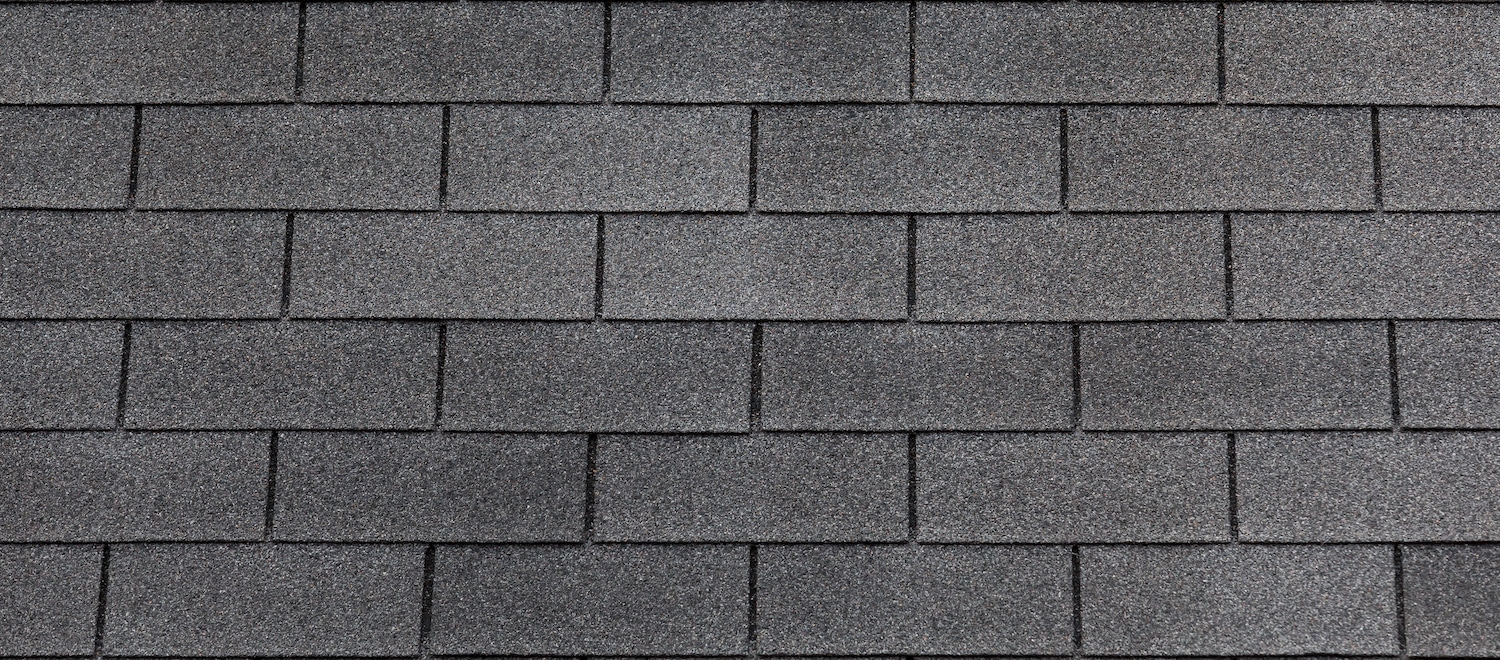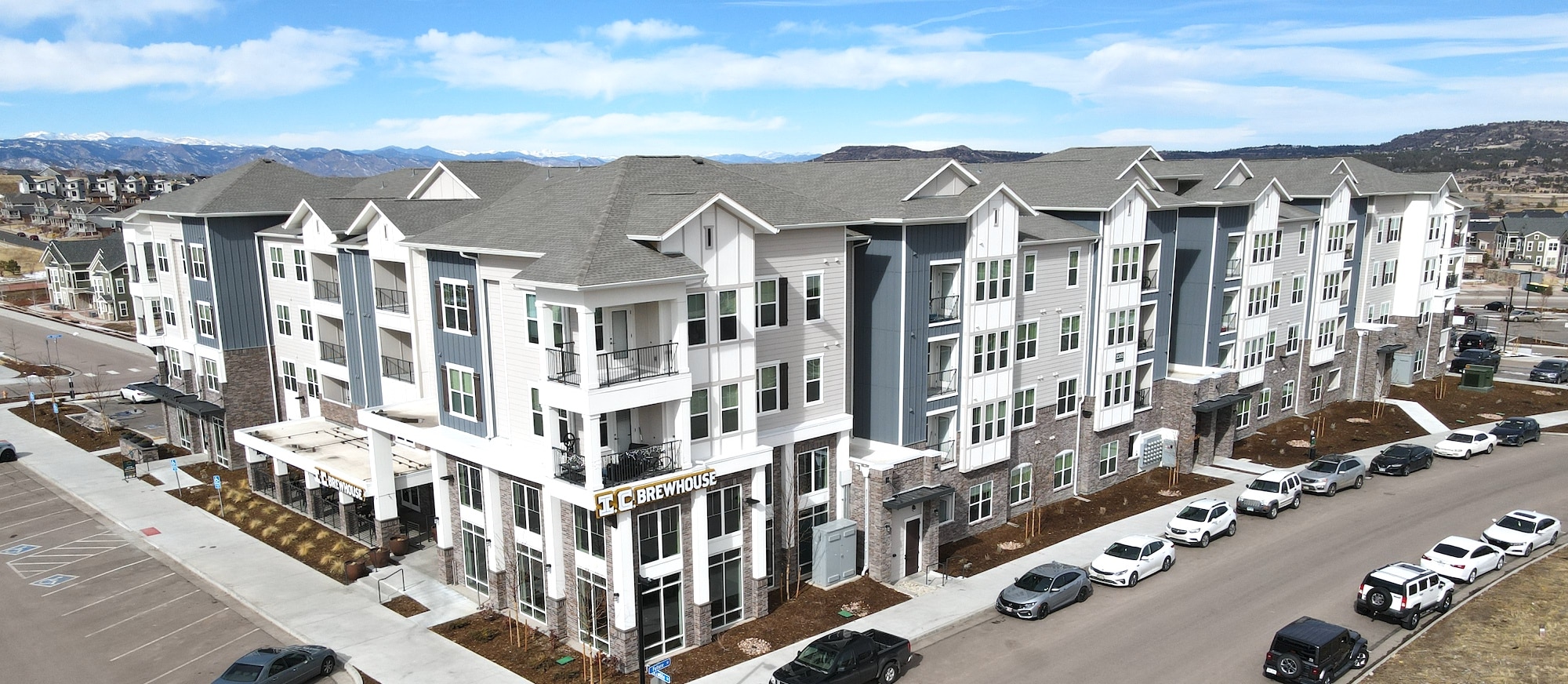Table of Contents
6 Signs of Granule Loss on Shingles (Best to Do Next)
If you’re noticing your roof eroding and wondering what the heck is happening, we’re here to tell you that your shingles may be suffering 6 signs of granule loss on shingles (best to do next).
And no, granule loss on shingles is not just normal roof wear and tear.
While some granule loss is expected, excessive amounts can indicate something much more sinister, so it’s important to consistently check on the state of your roof shingles as well as go through the steps to maintain them properly. Otherwise, you’re risking more extreme damages.
Depending on the levels of granule loss on your shingles, you may need to replace your roof.
And the best way to find out is to schedule an inspection right away! But for now, get informed and keep reading to learn about the 6 signs of granule loss on shingles (best to do next).
What is the Purpose of Shingle Granules?
Granules are a protective layer on your shingles that act as an added coating to protect from impacts and water intrusion. They are primarily found on an asphalt roof, which is the most commonly installed roofing material in America.
The purpose of shingle granules is to:
- Protect against the elements
- Provide different color and texture options
- Enhance the lifespan of your roof
As granules are lost, it exposes the asphalt matting below and makes it more susceptible to elements like water and UV rays. Once this happens, your roof will start to deteriorate and become at risk for water leaks. It’s important to know what can cause granule loss and understand the 6 signs of granule loss on shingles (best to do next) so you can catch it early.
What Can Cause Granule Loss On Shingles?
There are a few things that can cause granules to fall off your shingles:
- Age: As your roof ages, the shingles can become more brittle, and some granules naturally fall off.
- Impacts: Heavy rains, hail, or debris can knock off granules.
- Installation Issues: Improperly installed shingles can lead to loose granules.
- Blistering: When shingles blister, granules can come off when the blister rises or bursts.
- Moss Growth: Moss can lift the granules or cause them to detach after freezing in winter.
- Defective Materials: Poor-quality materials often cause premature granule loss, which might be covered under a roof warranty.
If you notice these causes, be sure to keep an eye out for the 6 signs of granule loss on shingles (best to do next) and take action immediately.
What Are the Signs of Granule Loss on Shingles?
As a homeowner, it’s vital to know how to do a basic roof and exterior inspection. Spotting the 6 signs of granule loss on shingles (best to do next) can help you take control of your roof’s condition before the damage worsens:
- Granules in Your Gutters
Heavy rains and debris can cause granules to slough off and accumulate in your gutters. This is one of the most obvious 6 signs of granule loss on shingles (best to do next) and should prompt immediate action. - Granules at the Bottom of Your Downspouts
When granules flow through your gutters and end up at the bottom of your downspouts, it indicates significant granule loss. This is another critical sign among the 6 signs of granule loss on shingles (best to do next). - Bald Spots on the Roof
Bald spots are clear indicators of granule loss, leaving your shingles exposed to UV rays and water damage. Addressing this is crucial among the 6 signs of granule loss on shingles (best to do next). - Streaky Patterns or Discoloration on the Roof
Discoloration or streaks on your roof often point to granule loss. If you notice this, it’s one of the 6 signs of granule loss on shingles (best to do next) that requires inspection. - Hail Damage That Looks Like Dark Spots
Hail damage can slough off granules and leave dark spots on your shingles. Recognizing this damage is vital as part of the 6 signs of granule loss on shingles (best to do next). - Exposed Asphalt Shingle Layers
When granules are gone, the black underlayment of asphalt shingles becomes exposed. This final sign among the 6 signs of granule loss on shingles (best to do next) indicates that immediate repairs are needed.
Choosing the Right Roofing Partner for the Job
Noticing any of these 6 signs of granule loss on shingles (best to do next)? Then it’s time to get a professional roofing inspection.
Here at Tectum Roofing, we know that keeping your roof in shape is vital to ensuring a safe and secure home protected from the elements. There’s no reason to panic. We’re here to help you every step of the way!
What is the Purpose of Shingle Granules?

Granules are a protective layer on your shingles that is an added coating that protects from impacts and water intrusion. They are primarily found on an asphalt roof, which is the most commonly installed roofing material in America.
The purpose of shingle granules is to:
- Protect against the elements
- Provide different color and texture options
- Enhance the lifespan of your roof
As granules are lost, it exposes the asphalt matting below and makes it more susceptible to elements like water and UV rays. Once this happens, your roof will start to deteriorate and become at risk for water leaks. It’s important to know what can cause granule loss and what to look for so you can catch it early.
What Can Cause Granule Loss On Shingles?
There are a few things that can cause granules to fall off your shingles:
- Age: As your roof ages, the shingles can become more brittle and some granules naturally fall off.
- Impacts: granules can be knocked off by heavy rains, hail, or debris.
- Installation issues: if shingles are not installed properly, granules can come loose.
- Blistering: if your shingles blister, granules can come off when the blister rises or bursts.
- Moss growth: if you have moss growing on your roof, it can cause granules to come off as the moss lifts the granules up, or after a freeze in the winter.
- Defective materials: This is a really common cause of granule loss— poor materials can begin to bald because the adhesive is bad. This can often be covered under a roof warranty.

If you notice premature granule loss, it’s important to get an inspection from a professional as soon as possible.
They will be able to tell if it’s just age or something more serious. If you catch it early enough, granule loss is usually not a big deal and can be easily fixed. However, if left unchecked, it can lead to much more serious problems.
So next, we’ll cover some tell-tale signs of granule loss that can help homeowners take control over their roofs and catch issues early to prevent bigger, more expensive issues down the road.
What are the Signs of Granule Loss of Shingles?
As a homeowner, you should know how to do a basic roof and exterior inspection of your home. You don’t always have time to call a professional to come and inspect your home—so if you do it yourself every year, you can notice any signs of water leaks, cracked shingles, or granule loss. So here are some of the signs of granule loss that you can look out for:
1. Granules in Your Gutters

As your roof gets pummeled by heavy rains, debris, and hail—the protective layer of granules can slough off and into the gutters. This immediately makes your roof susceptible to leaks and further damage, so if you notice them, do not hesitate to get an inspection.
This is the most obvious sign that you have granule loss on shingles. To know if you have granules in your gutters that are beyond that of a normal few here and there, you can try a few things.
How to find granules in your gutters:
- Feel with a gloved hand. If you feel a lot of granules and sediment like it’s piled up in the gutter, there’s a good chance there’s significant granule loss.
- Use a ruler to feel how deep the granule loss might be.
- Get up on the roof (if it is safe to do so) and carefully peek in the gutters.
2) Granules at the Bottom of Your Downspouts
Obviously, the next step after your gutters is your downspouts, but taking a look in your gutters is a lot harder than checking the downspouts.
Your downspouts should be at the corners of your home and allow that rainwater to run down into the yard or a sewer. If you notice granules sitting at the bottom of your downspouts, that’s a huge sign that you’ve sustained extensive granule loss— enough to flow all the way down and out the gutter system.
It’s important to address the issue of shingle granules in downspouts promptly, as it indicates potential problems with the roof.
3) Bald Spots on the Roof

Bald spots on your asphalt shingles will literally look like there’s just the black underlayer showing vs. being covered with granules.
Bald spots on your roof due to granule loss is a big deal. Bald spots directly leave your roof vulnerable to UV penetration, water and fire resistance, moss and algae resistance— and of course impacts curb appeal. Keeping your roof secured is crucial and granule loss on shingles has been a culprit of many a rotted and broken down roof.
These bald spots can probably be spotted from the ground, and if it’s bad enough, it can be pretty obvious. But if you’re unsure, call a professional to inspect!
4) Streaky Patterns or Discoloration on the Roof
The same goes for any patterns of granule loss that might just look like discoloration from a ground view. If you see any streaks or large areas of granule loss, time to take a look!
5) Hail Damage That Looks Like Dark Spots
Hail damage is a major culprit of granule loss. If it hits hard enough, hail can not only slough off granules but puncture through your shingles, causing immediate leaks as well.
We recommend always performing at least a visual inspection of your home’s exterior and roof after a hailstorm, and searching for possible points of entry when dealing with signs of a roof leak.
6) Exposed Asphalt Shingle Layers

If you see any exposed asphalt shingles it’s important to have someone come take a look asap because this means the granules have already come off and there’s just the black underlayment showing.
If you notice any of the above signs of asphalt shingle granule loss, it’s vital to act fast and get a professional inspection and roof repairs, or even a roof replacement, done quickly.
And keep in mind, neglected repairs can void your warranty and lead to more costly repairs down the line. Water can slowly leak into those vulnerable, exposed shingles and wreak havoc on your home’s interior.
Choosing the Right Roofing Partner For the Job
Noticing those bald spots on your shingles? Then it’s time to get a professional roofing inspection. ⏰
Here at Tectum Roofing, we know that keeping your roof in shape is vital to ensuring a safe and secure home protected from the elements. There’s no reason to panic. We’re here to help you every step of the way!
Our highly trained team will inspect, diagnose, and fix your roof as quickly as possible.
Reach out to us today to discuss your options!



